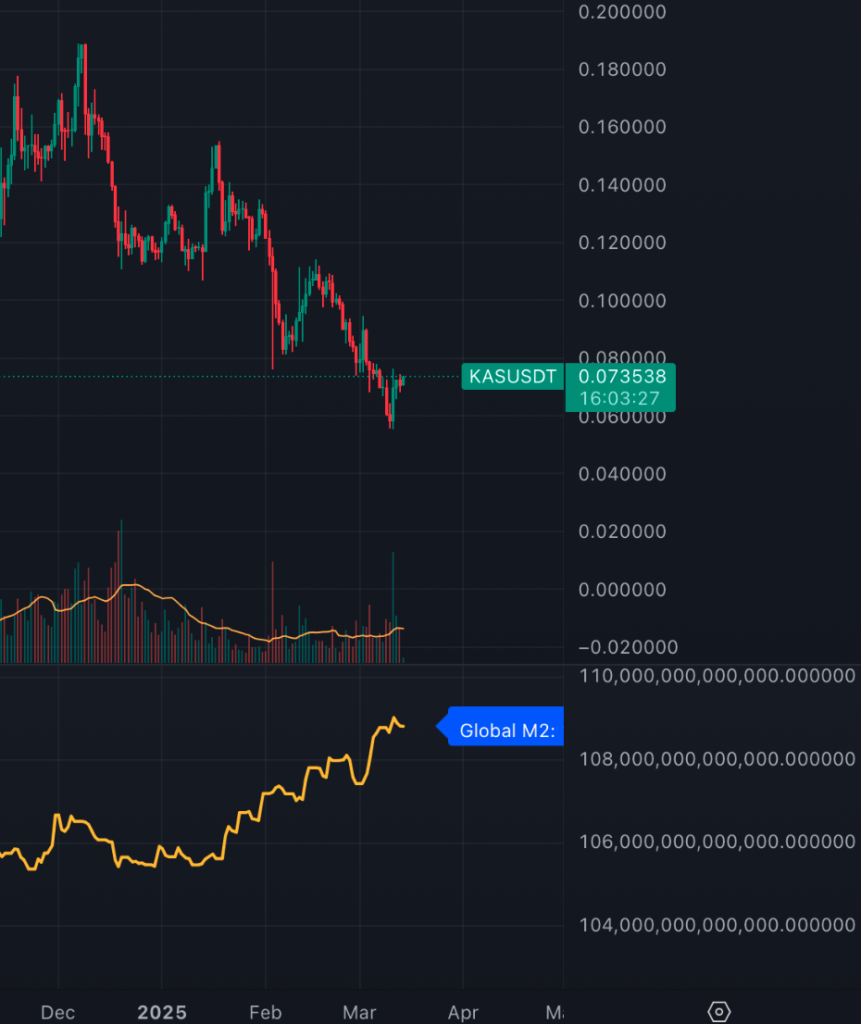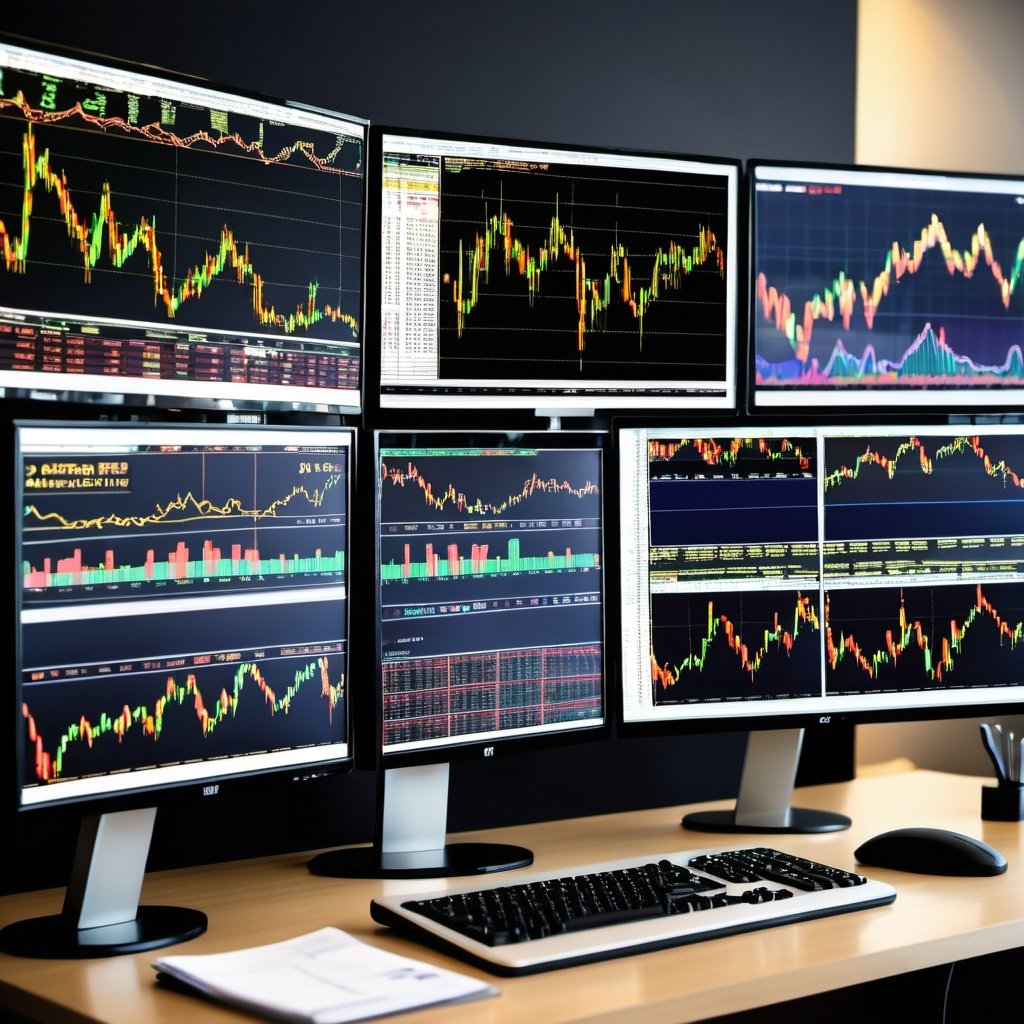Crypto markets, including Kaspa, have remained relatively calm in early 2025. Prices aren’t moving much, and some investors are wondering why things feel so slow, especially when global economic conditions are clearly shifting. But a closer look reveals that the stage is being set for a potential turnaround — and it’s being driven by a surge in global liquidity.

Right now, central banks across the world are starting to loosen their policies. Interest rates are coming down, and money is gradually being pushed back into the economy. That alone is a meaningful change. But there are two developments that stand out as the biggest drivers of future liquidity.
The first is happening in the United States. In February, inflation cooled more than expected, falling to 2.8 percent. That’s a key signal for policymakers and investors alike. Markets have quickly adjusted their expectations and now believe there will be three interest rate cuts this year instead of just one. This shift means cheaper borrowing, easier access to capital, and a much more supportive backdrop for risk assets like crypto.
The second major development is coming from China. The government recently unveiled a 41 billion dollar stimulus plan aimed at boosting domestic consumption. It’s a significant move, designed to kickstart economic activity at home, but its effects are likely to spill far beyond China’s borders. Global markets typically respond to this kind of fiscal stimulus, as the extra liquidity tends to flow through supply chains, trade, and investment channels.
So the question is, if all this new liquidity is starting to build up, why isn’t crypto — and specifically Kaspa — responding yet?
This kind of delay is actually common. Liquidity doesn’t affect all parts of the market at the same time. When interest rates fall and governments inject money into the system, the first wave of impact usually hits traditional financial markets. Stocks, bonds, and credit markets often react quickly because that’s where institutional capital flows first. Crypto, on the other hand, tends to follow later. It’s a more speculative asset class, and often needs stronger confirmation from broader market sentiment before capital starts rotating into it.
In simple terms, liquidity leads and crypto prices follow. That lag can sometimes frustrate short-term traders, but for long-term investors, it’s often a strong signal. When the financial system becomes flush with capital and interest rates drop, it usually sets the foundation for the next leg up in the crypto cycle.
Kaspa, like many other digital assets, is likely just waiting its turn. Market conditions are improving beneath the surface. Once confidence picks up and capital starts moving into higher-risk areas, the impact could be quick and sharp. The fundamental macro drivers are already in motion. Now it’s just a matter of time before the market catches up.
If history is any guide, price action eventually reflects liquidity — and right now, global liquidity is quietly but steadily rising.


